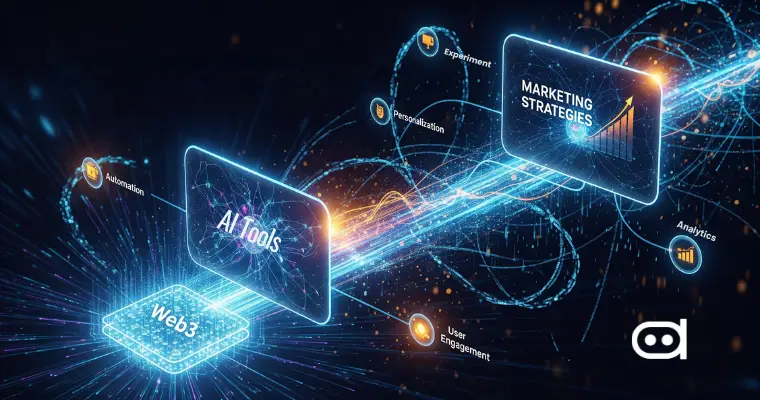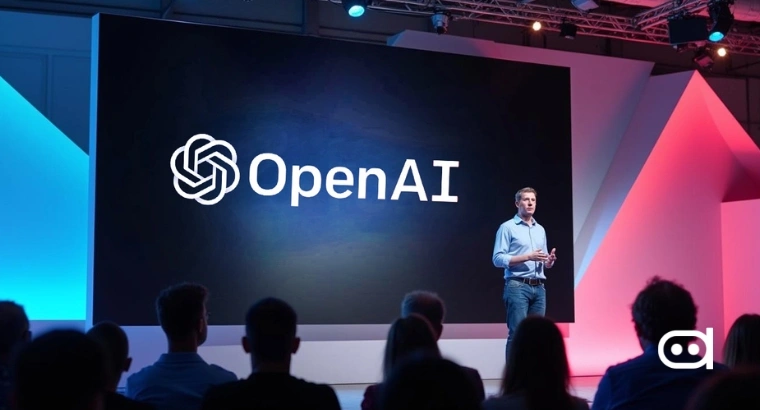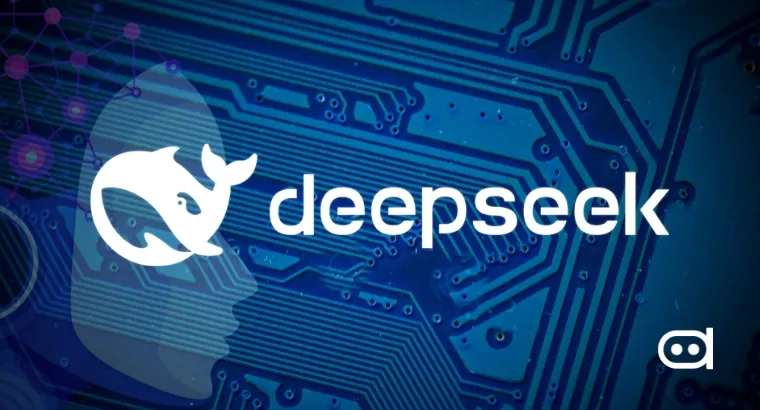
The advent of AI in the marketing sphere has been transforming the entire marketing landscape providing ample businesses the potential to strengthen personalization, intensify efficiency, and yield amicable results. Multitudes of companies have successfully incorporated efficient AI in marketing tools into their businesses, encouraging other businesses to adopt them as well. However, a sense of turbulence prevails due to the biggest marketing mistakes a few novice companies commit due to their negligence and ignorance. When left unaddressed, these tend to limit their accomplishments in no time. But there is a way out! This article highlights the common mistakes to avoid while using AI in marketing tools. It’s worth reading!
Over-Reliance on AI Without Human Oversight
Relying too much on AI to bring out unchecked content welcomes messy aftermaths. Eventually, your brand’s credibility takes a toll. Lacking human oversight and over-relying on AI are the top AI mistakes a marketing company can encounter. Irrespective of actions like analyzing customer sentiments or optimizing ad spend, the intervention of human marketers to review and tweak AI-generated results ensures the delivery of the right outcomes. An example worth mentioning is when the search result on an online goods purchase platform elucidates a clear open AI error text.
The Impact of Poor Data Quality on Decision-Making
The enormous trained datasets on the internet drive the generative AI tools. Hence, the quality of data your tool uses matters much! This is ensured when you analyze whether your tool retrieved its recent information from credible sources. Now, here comes your question: Can AI make mistakes? Well, it can, when you feed it with incomplete, outdated, improper, inaccurate, or biased data! Subsequently, the erroneous results and decisions deceive your marketing strategies, leading to inappropriate insights, defective predictions, and misleading campaigns. To overcome these unprecedented scenarios, spend quality time cleansing and organizing your data before implementing AI. In addition, invoke stringent data governance practices to ensure that updated, precise, and apt data is fed into your AI models. To lower data inconsistencies caused by bias, consider diversifying your data sources.
Ignoring Customer Privacy and Compliance
Enormous regulations, including those oriented to data privacy, consumer rights, and ethical standards, are blended with AI tools as they deal with secured data on the personal and industrial front. Non-compliance with these norms eventually results in hefty fines coupled with a tainted reputation.
To overcome these AI marketing mistakes caused by ignoring customer privacy and compliance, ensure undeterred compliance with data security regulatory measures like GDPR and CCPA. Stay updated with AI marketing regulations on the local and global fronts to refrain from breaching compliance norms. Ensure to incorporate routine compliance checks in each phase of developing and deploying AI. Prioritize transparency on how you make use of AI to gather data. Develop fruitful relationships with reputed legal experts who, with their expertise, comprehend the implications of your AI-driven decisions and suggest corrective measures then and there. Exercise regular audits on your existing AI systems to ensure adherence to ethical practices.
Misinterpretation of AI-Generated Insights
AI-generated insights are not always infallible; hence, deficient results, assumptions, and false details can invite serious problems. Lack of nuanced comprehension is one of the common AI errors in content generation. Further, the inability to accomplish contextual understanding leads to remarkable issues, specifically in the expression the content is intended to convey. To overcome these mistakes, ensure to interpret data in the light of a careful understanding of your intended audience and market. Seek for repeating data patterns that mostly unveil valuable trends that monumentally shape your marketing efforts. Always remember that AI is a tool, and let the human element prevail by orienting AI-driven insights with your business’s core values and emerging customer requirements.
Choosing the Wrong AI Marketing Tools
The very common AI implementation mistakes arise in choosing the right AI tool. Not all AI tools are created alike, and therefore, most business firms commit the mistake of choosing AI tools that neither tailor to their requirements nor scale to their range of operations. Each AI marketing tool is unique, with tremendous potential for enhancing marketing strategies and speeding up execution. Instead of implementing too many AI tools, narrow down to that one specific tool and train your teams to exploit it effectively. Cautiously evaluate the top AI tools for marketing based on your business goals, size, and technical expertise, and test them through free versions before committing to the specific one.
Over-Automation Leading to Loss of Brand Voice
Although AI dominates humans in automating recurring tasks, relying on automation beyond the limit leads to collective or objective customer experiences. For example, improperly designed chatbots or too many intricately templated emails tend to distance the intended audiences and end up losing loads of businesses. To avoid AI mistakes caused by over-automation, maintain a perfect balance between human and automated inputs, specifically for tasks encountering customers and creativity. Also, constantly review the AI-generated content or campaigns to ensure they align with brand values and reverberate with target audiences.
Conclusion
Avoiding AI mistakes in marketing is paramount to carving niches in this sphere. Addressing the key mistakes like over-reliance on AI without human oversight, the impact of poor data quality on decision-making, ignoring customer privacy and compliance, misinterpretation of AI-generated insights, choosing the wrong AI marketing tools, and over-automation leading to loss of brand voice, the right perspective ensures the desired success. To make this success a cakewalk, simply adhere to best practices like injecting human creativity into AI, avoiding too many templated emails, continuous learning and improvement, cautious ethical considerations, and blending human interpretation with data analytics.









